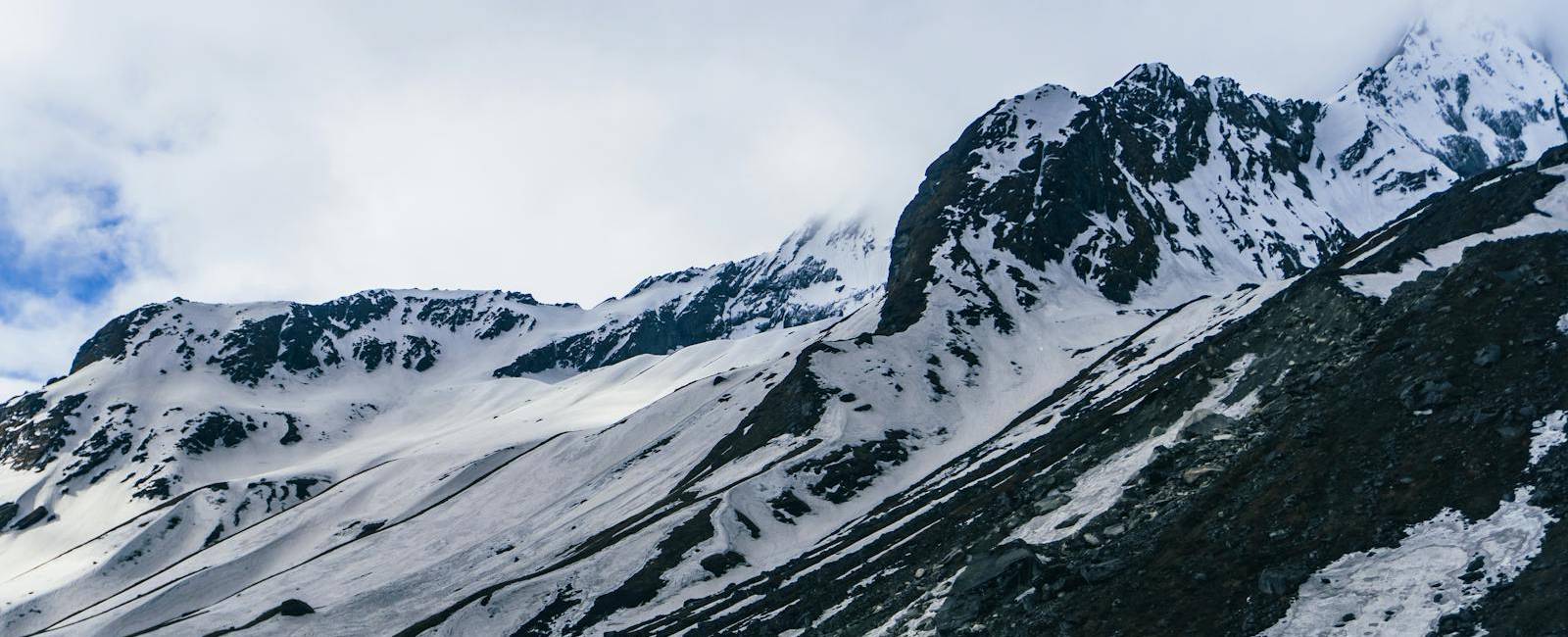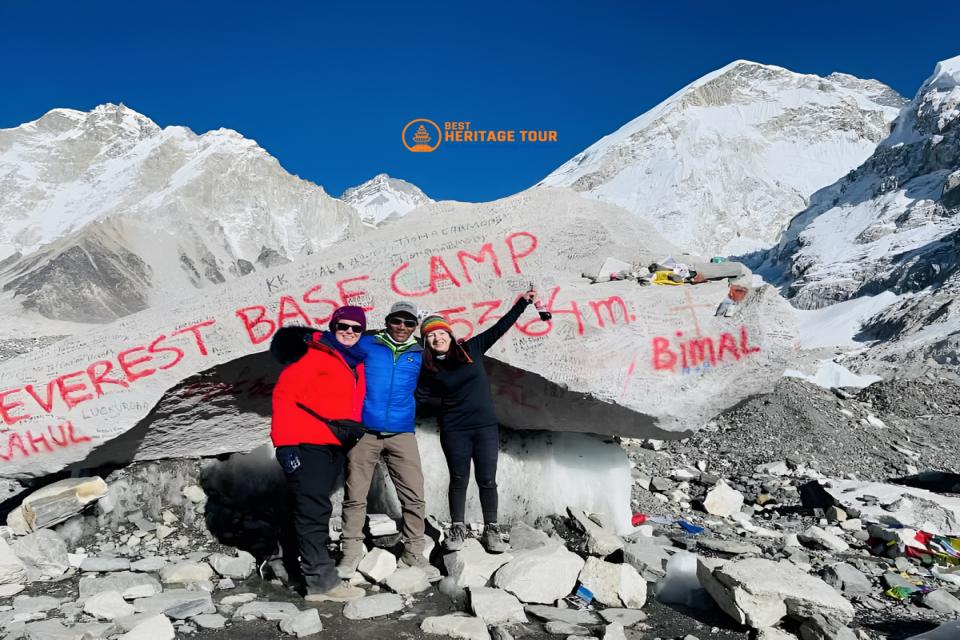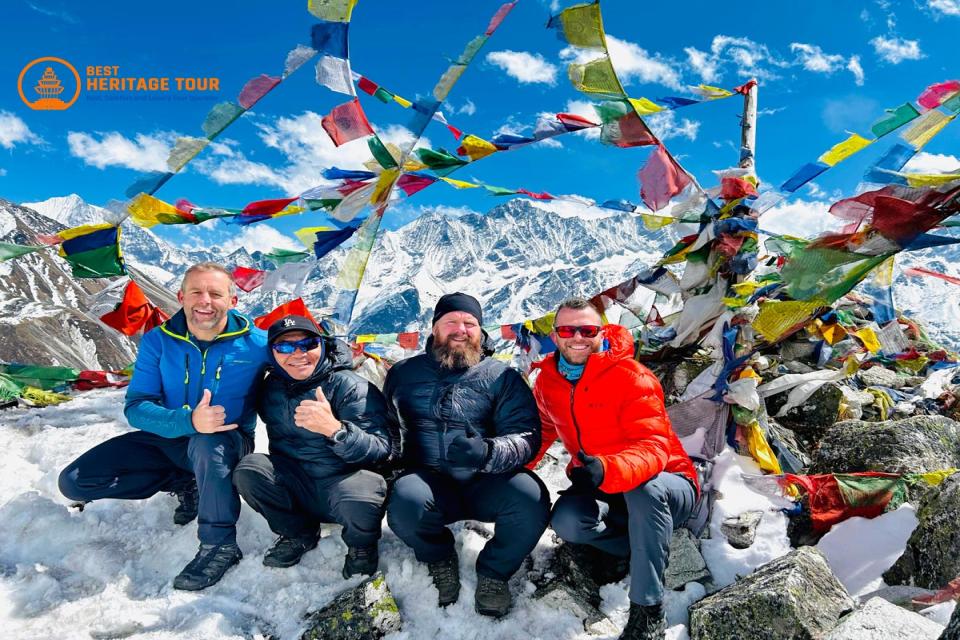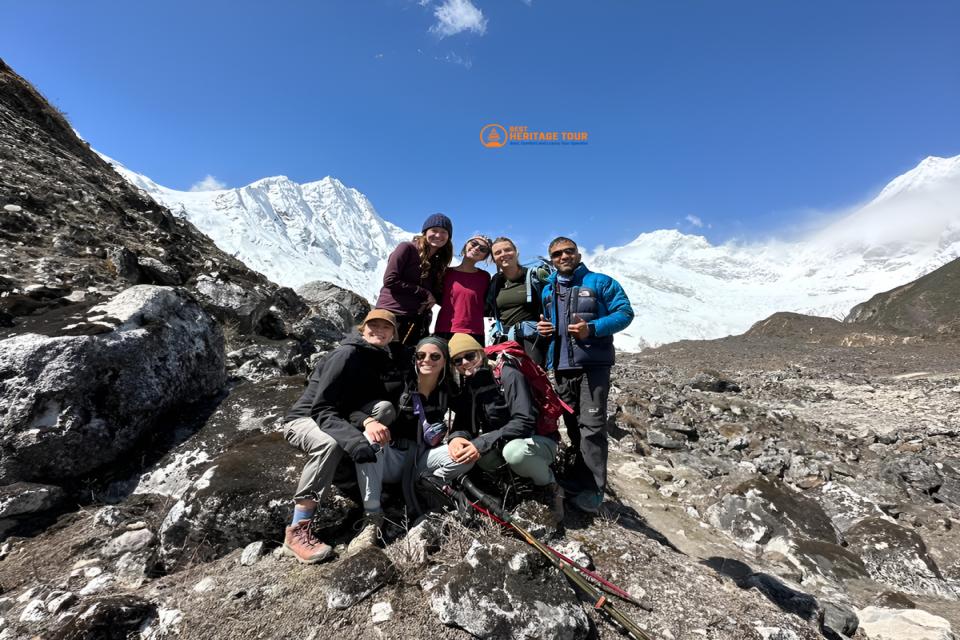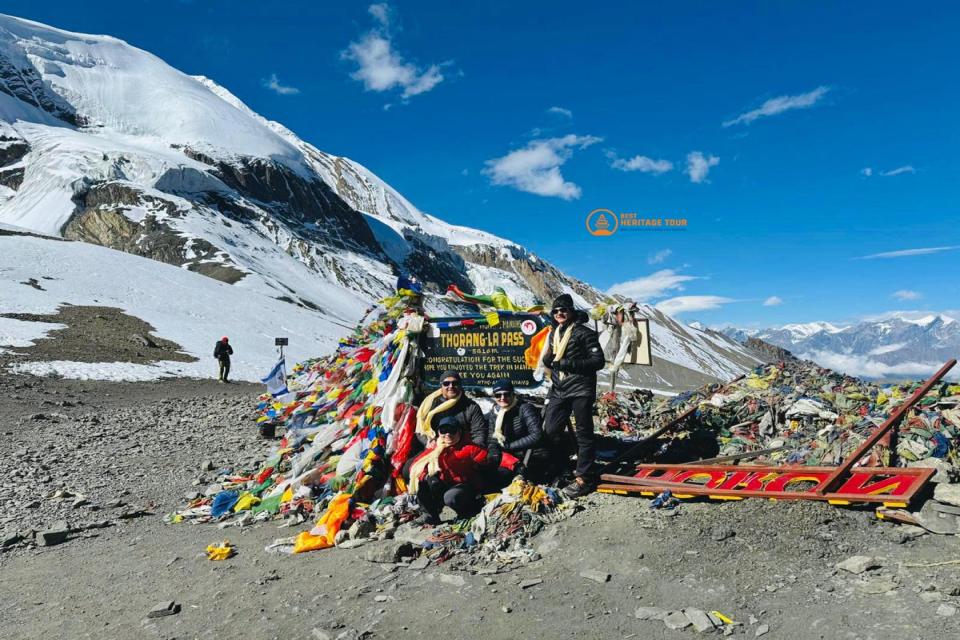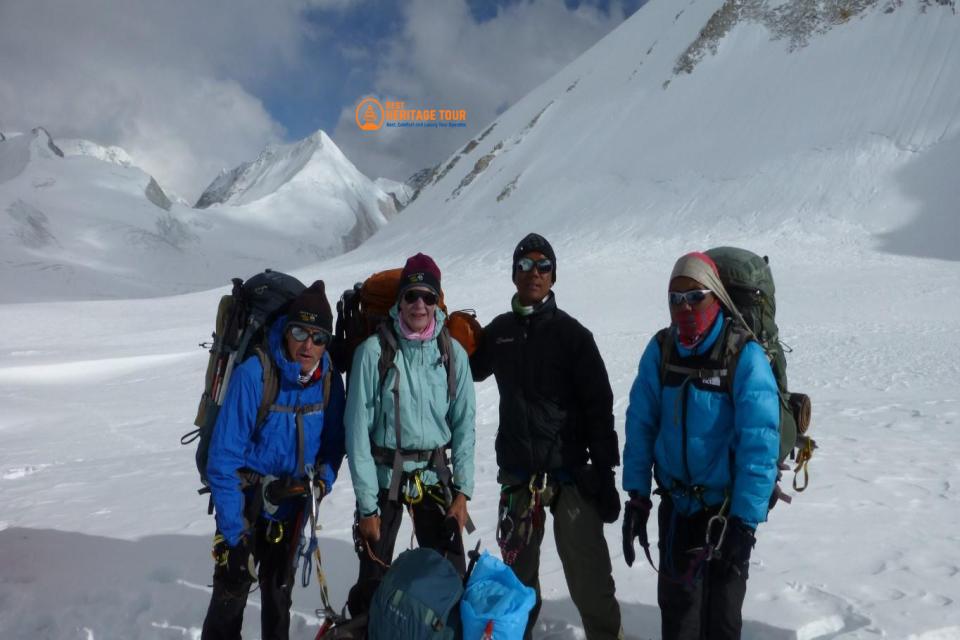Nepal, a land of towering peaks, serene landscapes, and rich cultural heritage, has become a dream destination for trekkers and adventure enthusiasts worldwide. From the iconic trails of Everest Base Camp to the serene pathways of Annapurna Circuit, trekking in Nepal offers an unforgettable experience. However, like any adventure, trekking in Nepal comes with its unique set of challenges. Knowing these common problems and their solutions beforehand can make your trek smoother, safer, and more enjoyable.
In this guide, we’ll walk you through the most common trekking problems in Nepal and provide practical solutions to ensure a memorable journey.
1. Altitude Sickness: The Everest Challenge
One of the most common issues trekkers face in Nepal is altitude sickness, also known as Acute Mountain Sickness (AMS). This occurs when your body struggles to adapt to the lower oxygen levels at high altitudes, usually above 2,500 meters (8,200 feet). Symptoms include headaches, nausea, dizziness, fatigue, and difficulty sleeping. In severe cases, it can lead to life-threatening conditions like High Altitude Pulmonary Edema (HAPE) or High Altitude Cerebral Edema (HACE).
Solution:
-
Acclimatize Properly: Take your time to adjust to the altitude. Schedule rest days between high-altitude ascents.
-
Stay Hydrated: Drink plenty of water to help your body adjust. Avoid alcohol and excessive caffeine.
-
Climb Gradually: Follow the “climb high, sleep low” principle. Ascend slowly and give your body time to adapt.
-
Medications: Consult a doctor before your trek about medications like Diamox that can help prevent AMS.
-
Professional Assistance: Trek with experienced guides who know the terrain and altitude risks.
Pro Tip: Early recognition of symptoms can save lives. Never push yourself beyond your body’s limits.
2. Unpredictable Weather Conditions
Nepal’s weather can be highly unpredictable. Trekkers often face sudden rain, snow, or temperature drops, especially in the Himalayas. Monsoon season (June to September) brings heavy rainfall, making trails slippery and increasing the risk of landslides. Winter treks (December to February) can be extremely cold, especially in high-altitude regions.
Solution:
-
Check Weather Forecasts: Use local weather updates and follow guidance from your trekking agency.
-
Pack Smart: Carry waterproof jackets, thermal layers, gloves, and trekking boots suitable for snow and mud.
-
Flexible Itinerary: Be prepared to adjust your schedule if weather conditions are unsafe.
-
Local Guidance: Guides from Best Heritage Tour are trained to navigate unpredictable weather safely.
Pro Tip: Always have a backup plan for shelters or tea houses along the route in case of sudden weather changes.
3. Physical Fatigue and Lack of Fitness
Trekking in Nepal can be physically demanding, especially on longer routes like Annapurna Circuit or Everest Base Camp. Trekkers often underestimate the physical endurance required, leading to fatigue, sore muscles, or joint pain.
Solution:
-
Pre-Trek Fitness: Engage in cardio exercises, strength training, and long hikes before your journey.
-
Pace Yourself: Don’t rush. Trekking is about enjoying the journey, not just reaching the destination.
-
Rest and Nutrition: Take breaks, eat high-energy meals, and stay hydrated.
-
Professional Support: Hiring experienced guides and porters can reduce the load and help maintain a comfortable pace.
Pro Tip: Listening to your body is essential. Ignoring fatigue can lead to injuries or worsen altitude sickness.
4. Navigation Challenges
Despite the popularity of trekking in Nepal, some trails are poorly marked or confusing, particularly in remote areas. This can lead to getting lost or wasting time on incorrect routes.
Solution:
-
Use Maps & GPS: Always carry detailed trekking maps and a GPS device.
-
Hire Local Guides: Local guides know the trails intimately and can prevent navigational errors.
-
Stay on Popular Routes: Stick to established trails to reduce the risk of getting lost.
Pro Tip: Avoid wandering off alone in remote areas, as sudden weather or altitude changes can escalate danger.
5. Food and Water-Related Issues
Foodborne illnesses and dehydration are common trekking problems. Contaminated food or unsafe water can lead to diarrhea, stomach infections, or more severe health issues.
Solution:
-
Safe Water Practices: Drink boiled or bottled water. Use water purification tablets if needed.
-
Choose Hygienic Food: Stick to cooked meals in reputable tea houses. Avoid raw vegetables or unwashed fruits.
-
Carry Snacks: Energy bars, dry fruits, and nuts are safe, nutritious options during treks.
Pro Tip: Guides from Best Heritage Tour ensure that trekkers have access to hygienic meals and safe water sources along the route.
6. Accommodation Problems
While trekking, accommodations in remote areas are basic. Overcrowded tea houses, lack of hot water, or unclean rooms can affect comfort and recovery.
Solution:
-
Book in Advance: Pre-book accommodations through reputable agencies to guarantee availability.
-
Expect Basic Facilities: Be mentally prepared for limited amenities in high-altitude regions.
-
Use Trusted Agencies: Best Heritage Tour provides comfortable, vetted accommodations that balance authenticity with comfort.
Pro Tip: Carry a sleeping bag liner for extra hygiene and warmth.
7. Communication Barriers
Language barriers can make it difficult to communicate with locals, read signs, or get help in emergencies. Mobile signals may also be weak in remote areas.
Solution:
-
Learn Basic Phrases: Knowing a few Nepali words can go a long way.
-
Hire Local Guides: Guides can act as interpreters, easing communication with locals.
-
Carry Communication Devices: Satellite phones or walkie-talkies can be useful in remote regions.
Pro Tip: Always inform your trekking agency of your route and check-in regularly.
8. Unexpected Injuries and Health Concerns
Sprains, cuts, blisters, or other minor injuries are common on rocky and uneven trails. In severe cases, trekkers may require medical attention.
Solution:
-
Carry a First Aid Kit: Include bandages, antiseptic cream, painkillers, blister pads, and medications for altitude sickness.
-
Travel Insurance: Ensure you have coverage for trekking-related emergencies.
-
Guide Support: Trained guides can handle minor injuries and coordinate evacuation if necessary.
Pro Tip: Prevent blisters by wearing well-fitted trekking shoes and moisture-wicking socks.
9. Financial and Budget Issues
Unexpected expenses during trekking, such as extra porters, accommodation upgrades, or emergency evacuations, can strain your budget.
Solution:
-
Plan Your Budget: Include contingency funds for emergencies.
-
Use Trusted Services: Booking through Best Heritage Tour ensures transparent pricing without hidden charges.
-
Cash Availability: Carry sufficient local currency, as ATMs are rare in remote areas.
Pro Tip: Always keep small denominations of Nepali Rupees for local purchases and tipping guides or porters.
10. Environmental and Cultural Sensitivity
Many trekkers unknowingly damage local ecosystems or offend cultural norms. Littering, disrespecting religious sites, or leaving plastic waste can harm the environment and local communities.
Solution:
-
Respect Local Customs: Learn about cultural practices, dress codes, and local traditions.
-
Eco-Friendly Practices: Avoid plastic bottles, use reusable containers, and leave no trace.
-
Responsible Trekking: Best Heritage Tour promotes sustainable trekking practices and educates trekkers on environmental responsibility.
Pro Tip: Supporting local businesses and handicrafts helps preserve local culture and economy.
Conclusion: Trek Safely with Best Heritage Tour
Trekking in Nepal is a once-in-a-lifetime adventure, but being prepared for common challenges ensures a safe and memorable journey. From altitude sickness and unpredictable weather to navigation issues and basic accommodations, these problems are manageable with proper preparation, local knowledge, and the support of an experienced trekking agency.
At Best Heritage Tour, we specialize in providing tailored trekking experiences across Nepal. Our experienced guides, well-planned itineraries, comfortable accommodations, and comprehensive safety measures ensure that your trek is hassle-free and unforgettable.
Contact Best Heritage Tour:
Phone: +977-9851149197 / +977-9810043046
Email: info@bestheritagetour.com / bestheritagetour@gmail.com
Website: www.bestheritagetour.com
Office: Thamel Marg, Kathmandu, Nepal
Whether you’re a first-time trekker or an experienced adventurer, let Best Heritage Tour help you explore the majestic trails of Nepal safely, comfortably, and memorably.
Author: Best Heritage Tour
Date: 26th August, 2025

